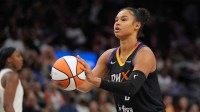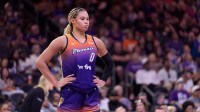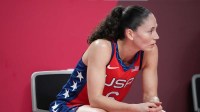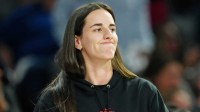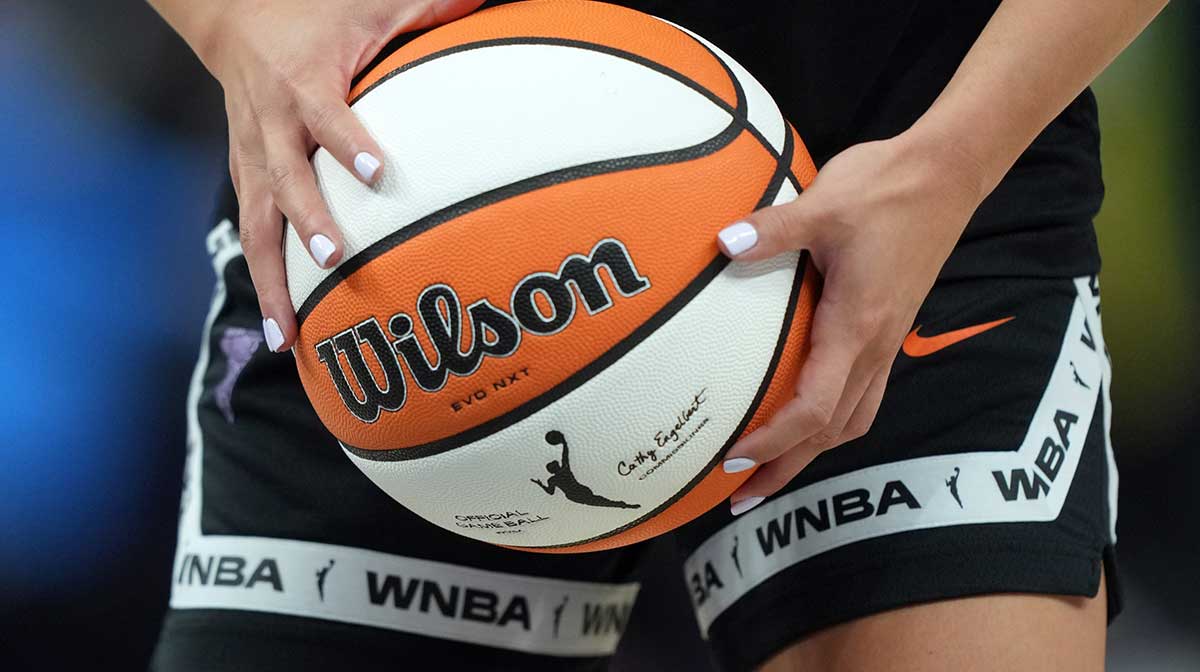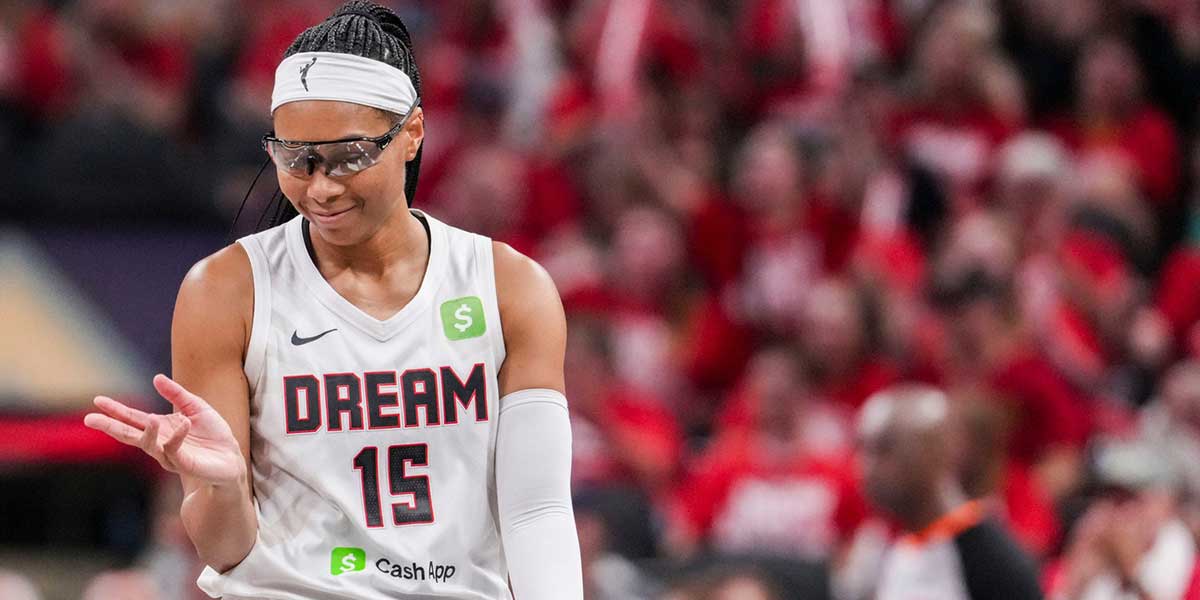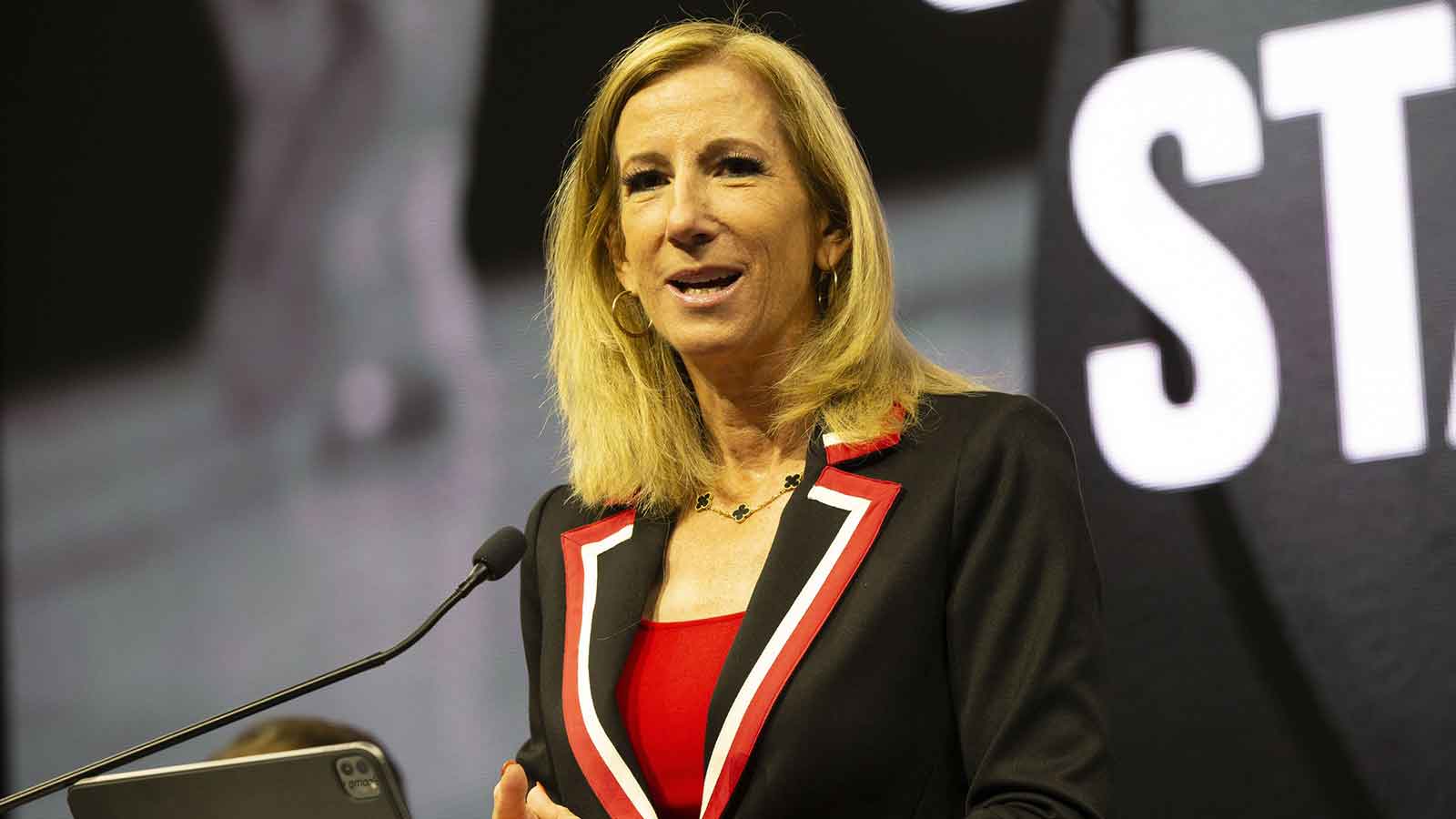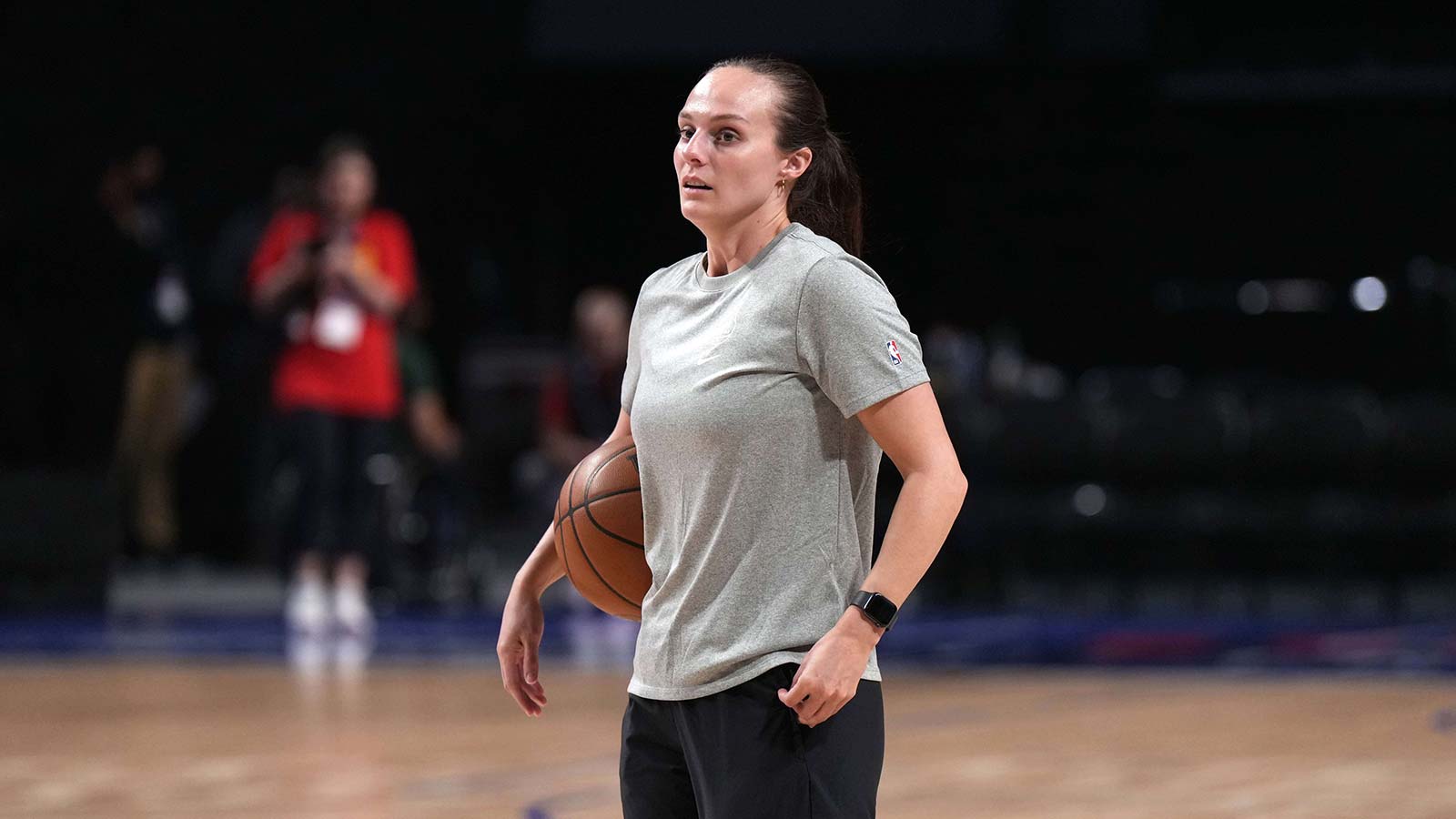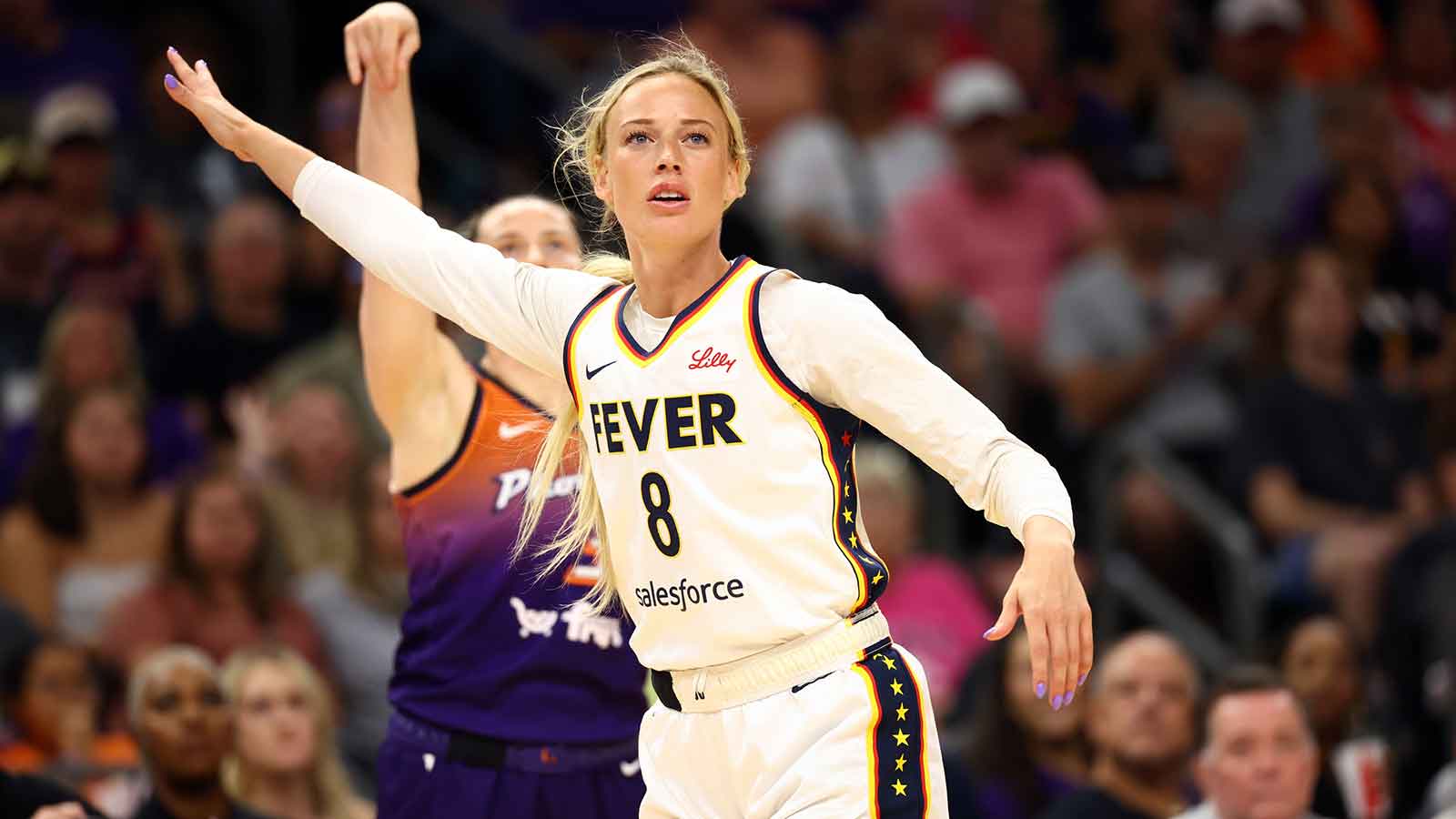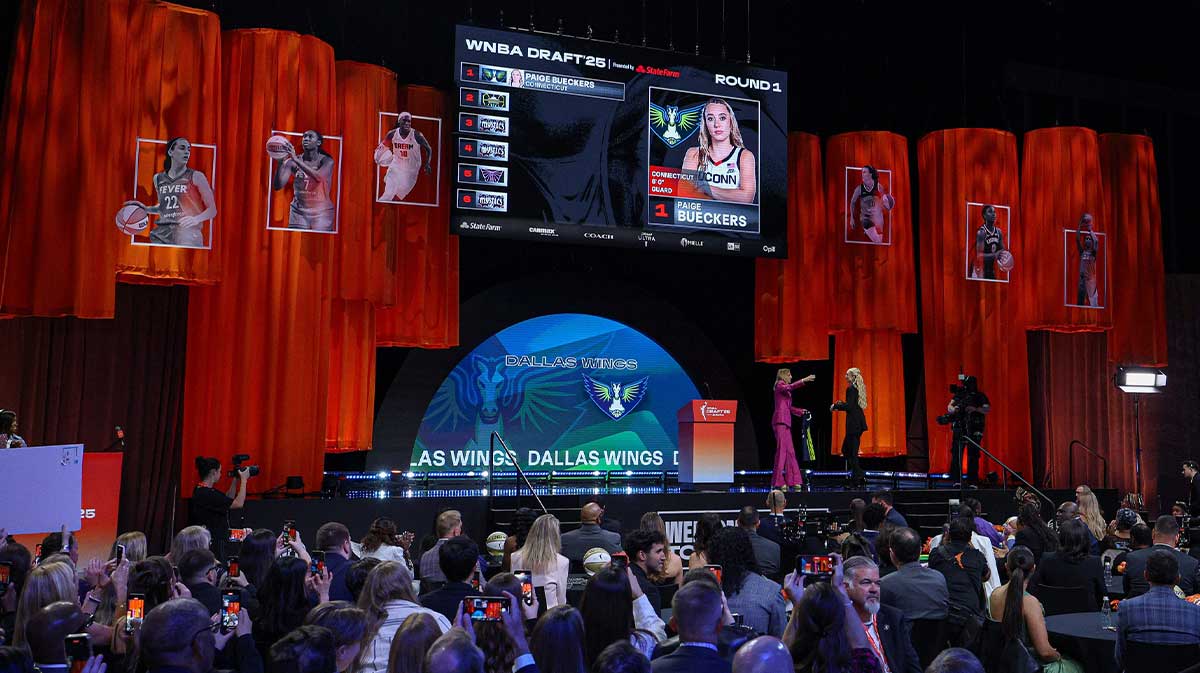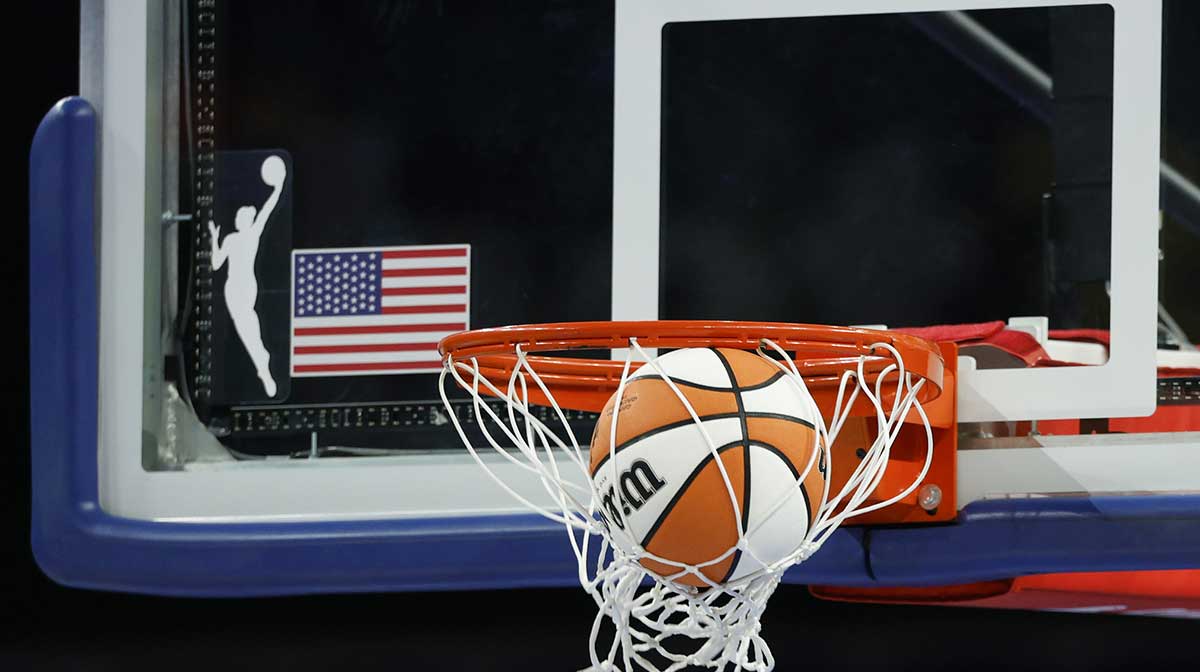As the 2025 WNBA trade deadline passed on August 7, several high-stakes deals shook the league, but many teams chose to stay put. Some teams around the league either avoided or were unable to make trades, leaving fans to wonder about the “what‑ifs.” Let's take a look at the imagined or widely speculated moves each team might have pursued but ultimately didn’t.
1. Las Vegas Aces

Despite winning two championships in recent years, the Aces’ bench overhaul from 2024 and limited cap flexibility cast doubt on their ability to make a deadline impact. Many felt the Aces needed frontcourt reinforcement to support A’ja Wilson, who's making another case for a WNBA MVP award amid the team's struggles, and while they signed Dana Evans and Cheyenne Parker‑Tyus in the offseason, they made no trade deadline deals.
There were rumors that the Aces had a chance to go for now-Seattle Storm star Brittney Sykes and that the front office even wanted to make the move, but the Aces have no first-rounder picks to offer any team until 2028, and that just wouldn't have been enough to move the needle. Logistics may have limited the Aces this time, but with a new CBA on the horizon, they should have more flexibility at future trade deadlines.
2. Chicago Sky
The Sky quietly stayed out of trade talks despite having some of their players' names circulating in the rumor mill. Acquiring weapons better suited to complement rookie phenoms like Angel Reese and Kamilla Cardoso wouldn't have made a difference for this campaign's outcome, but it could've helped solidify the foundation for the Sky's rebuild going forward.
Chicago chose stability over a courageous leap of faith, and that choice may prove costly in their rebuilding timeline.
3. Indiana Fever
The Fever signed star veteran DeWanna Bonner in free agency, but her tenure in Indiana quickly soured. Reports indicated she lacked interest in staying and requested a trade, which the Fever front office pursued but couldn’t complete, ultimately choosing to waive her instead.
Now, Indiana is in an even tougher spot due to the injuries that have popped up. In addition to Caitlin Clark's long-term absence with a groin injury, the Fever are now down Sydney Colson and Aari McDonald for the rest of the season, too. Although they couldn't have predicted losing the two standout guards so soon after the trade deadline passed, the Fever already needed to shore up their wounded roster if they intended to give Clark enough support to lead the team deep into the postseason.
Picking a draft asset or underutilized player, like Damiris Dantas, to move might’ve yielded them some future value while avoiding roster disruption.
4. Golden State Valkyries
Entering their inaugural season, the expansion Valkyries were never expected to be major trade players. Still, despite being a serious playoff contender, they passed on every deadline deal, even amid injuries that caused some lineup upheaval. General manager Ohemaa Nyanin emphasized maintaining chemistry amid criticism and speculation that acquiring a star or two might have boosted competitiveness.
Some say the franchise missed an opportunity to capitalize on trade chatter by securing a difference-maker, but instead, Golden State chose patience over boldness.
5. Phoenix Mercury
The Mercury made headline-grabbing moves earlier in the offseason by acquiring Satou Sabally and Alyssa Thomas through a four-team trade. However, as the deadline arrived, many observers felt Phoenix still lacked interior size and consistency and could’ve used another big off the bench, a sentiment echoed by both fans and critics. Potential trade targets, like a rebounder or rim protector in Myisha Hines-Allen from the Dallas Wings, might have elevated them deeper into title contention, but no deal ever materialized.
6. Connecticut Sun
The Sun already underwent a dramatic roster overhaul, losing all five starters from the prior playoff squad in the offseason. At the deadline, they acquired Aaliyah Edwards from the Washington Mystics and gave up Jacy Sheldon and a future pick swap in return, an interesting but modest move.
However, should the Sun have tried to move star guard Marina Mabrey to build a more proven backcourt or frontline presence to stabilize the turbulent roster? Mabrey requested a trade earlier in 2025 already, which left a bad taste in the mouths of both sides, so a trade deal could’ve accelerated the team's future cohesion or shifted the rebuild into a new direction.
7. Dallas Wings
While the 2025 WNBA trade deadline did produce noteworthy headline trades, most prominently the Minnesota Lynx's DiJonai Carrington deal, it also proved that many teams still hesitate to make major trade moves during the season. They either lacked flexibility or opted not to act on obvious needs, prompting debates about direction and willingness to swing at opportunities.
These “what-ifs” show that WNBA trade deadline strategies span a continuum from bold and aggressive to cautious and preservation-focused. The consequences of these decisions will echo well beyond August, influencing playoff outcomes, free agency trajectories, and each team's long-term identity. There's always something interesting to be found somewhere in the WNBA, even in the moves that never unfold.


